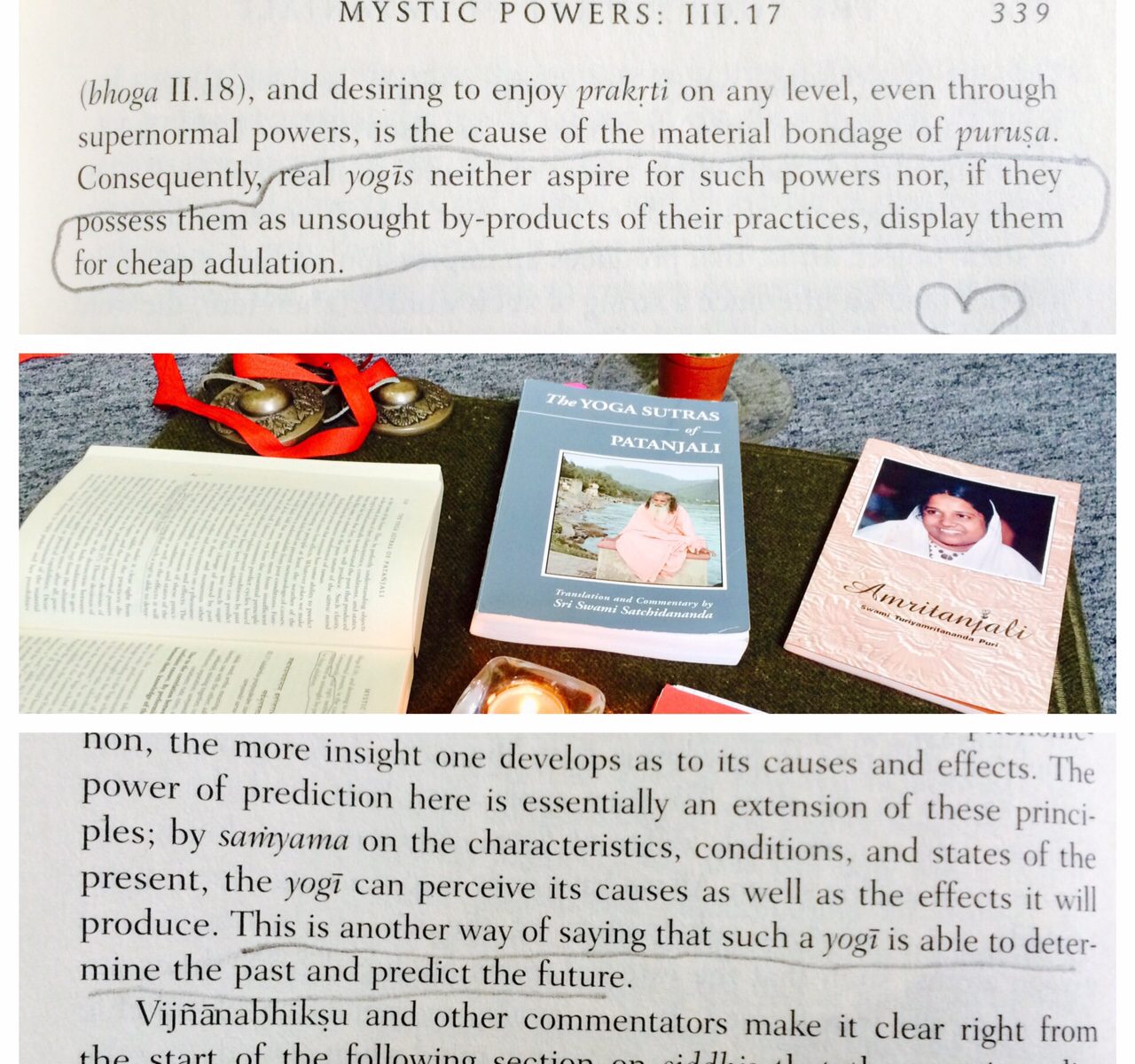Check out SwamiJ.com.
Some of the material there is pretty deep, but if you’re interested in learning about meditation, this is a wonderful resource.
Once on the site, click on “Yoga Sutras” and then “Chapters”. You should see:
Concentration: Chapter 1 of the Yoga Sutras is entitled Samadhi Pada, which means the chapter on concentration. Chapter 1 describes yoga, witnessing five kinds of thoughts, uncoloring thoughts, the twin principles of practice and non-attachment, the stages of concentration, efforts and commitments, obstacles and solutions, and means and results of stabilizing the mind.
The 51 sutras of Chapter 1 have been divided into 9 sections:
- What is yoga? (1.1-1.4)
- Witnessing and un-coloring thoughts (1.5-1.11)
- Practice and non-attachment (1.12-1.16)
- Types of concentration (1.17-1.18)
- Efforts and commitment (1.19-1.22)
- Direct route through AUM (1.23-1.29)
- Obstacles and solutions (1.30-1.32)
- Stabilizing and clearing the mind (1.33-1.39)
- Results of stabilizing the mind (1.40-1.51)
While SwamiJ.com is truly awesome, I suggest reading multiple interpretations of what the author (Patanjali) was trying to convey. The next time you’re in a bookstore, find the section on yoga – and the smaller section on yoga philosophy; specifically, The Yoga Sutras. Flip thru whatever books are on the shelf and see if one or two of them appeal to you (some are quite academic – while quite helpful, perhaps not the place to start). Start with the chapter summaries, and then read one section of a chapter at a time – focusing on the first two chapters. Remember, this is entirely a personal practice; there’s no right or wrong way to interpret the sutras, the intent of which are to reduce human suffering!
It’s not easy to “unpack” the Yoga Sutras without a teacher, but the above is a good way to start – and as the sutras promise, hang in there and you will succeed (if “only” in improving your health and happiness)!




